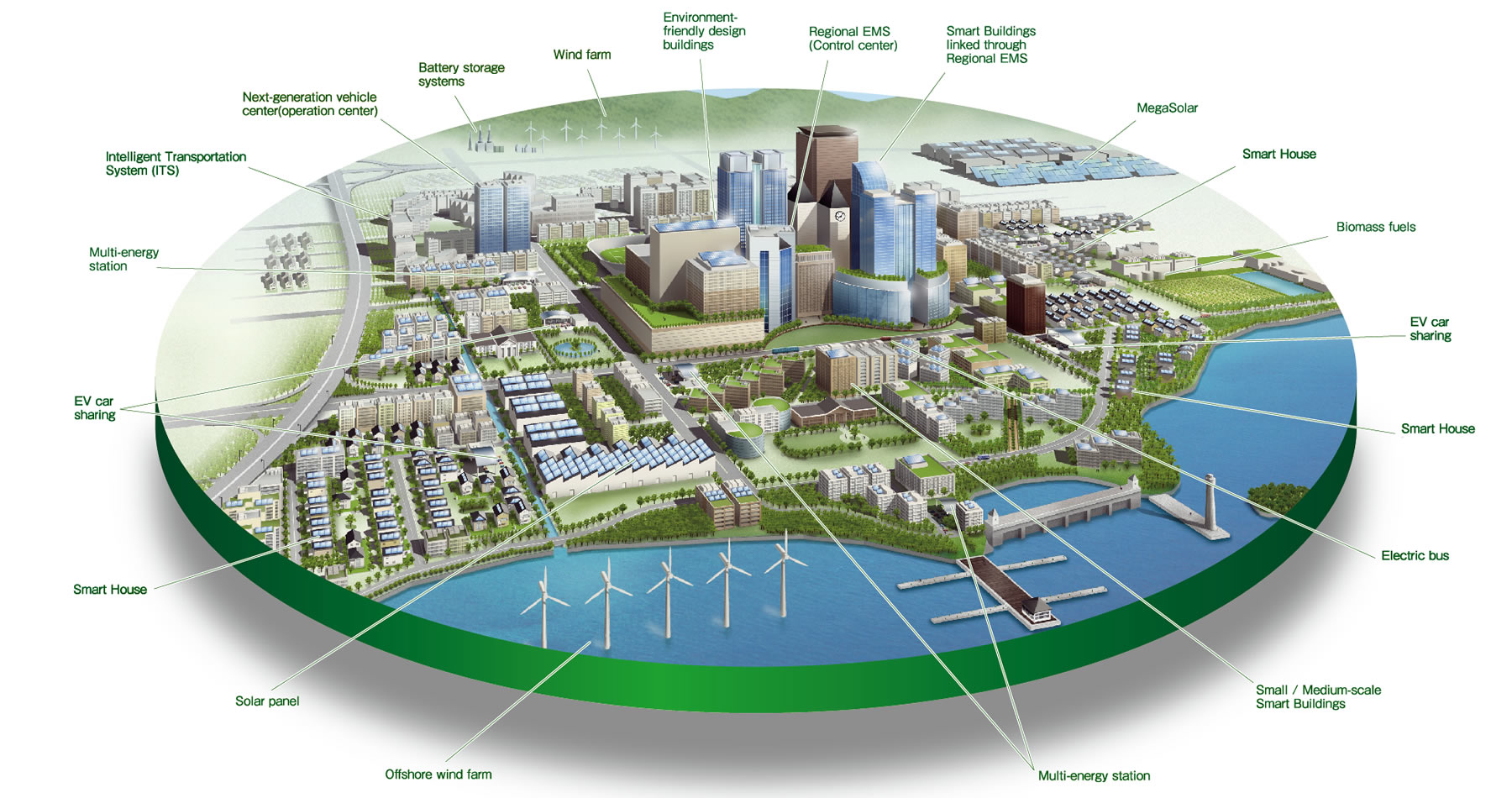Smart cities can be turn into Ghost cities says Biswajit Behera
 Smart cities can be turn into Ghost cities:
Smart cities can be turn into Ghost cities:
China is an inspiration for Modi, When Chinese Premier Xi Jinping visited India, Prime Minister Modi received him in Ahmedabad, not New Delhi, hosting a state dinner on the Sabarmatic riverfront plaza to showcase his achievements. Modi’s administration intends to build a hundred new smart cities in India. Smart cities use digital technology to make urban systems more efficient, cost-effective and environmentally sustainable. This idea of smart cities smacks of complete ignorance of reality by our politicos. Most cities do not have basics and those that had basics are increasingly losing them. Top cities do not have things like water, electricity and roads. Yet we are talking about all kinds of fancy things like provide smart technology to so called netizens. It’s better to have Brownfield Investment in old cities than the green field investments in new cities.Forget smart, make cities livable…
If China can do it, why can’t India? You can’t use same model and scheme in each and every place. A model and scheme develops on the requirement. Whole world knows how china’s smart cities are turning into ghost cities.
Why India is not ready for smart city?
Land: Acquiring land to build and expand cities is a daunting task in India. India undoubtedly needs better urban infrastructure and more livable cities, but disregarding environmental and social considerations is poor urban planning, shortsighted and counter-productive. The question then arises whether a land-intensive urban policy—that of building new Greenfield cities, is advisable in India.
Creating Employment: Will building new cities change the dynamic? Modi’s smart city plan is, commendably linked to expanding manufacturing jobs. The question then arise manufacturing jobs can be create by labor-intensive manufacturing rather than capital –intensive.
State Government: India is experiencing rapid urban growth in a context where municipal institutions are weak or non-existent. Can the new policy lead to beneficial competition between Indian states, producing high levels of urban and economic growth?
How sky-high buildings drag the China economy to earth?
China GDP in the first quarter grew by 7% from a year earlier, the lowest since the depths of the global financial crisis in early 2009. To prop up GDP growth rates the Chinese are building entire cities, but they are virtually empty. But these sky-high building is going to drag them to earth. House prices have fallen by 6% over the past year. A sale of residential housing is less than 2009, but projects under way have more than doubled since then. Some have been halted for a lack of funds, others because developers want to wait to sell into a stronger market. Total debt has surged, rising from about 150% of GDP in 2008 to more than 250% today. One way China could rekindle its property market is by using its banks to pump cash into the economy. Yet that would be dreadful mistake. China is now the world’s second-largest economy and America’s second-largest trading partner. If China heads into the tank, the world economy will suffer.
Modi’s ambitious plan, has, without doubt, changed the discourse around Indian cities. What really matters is the income of the people, basic access to good health care and education. Rural India needs these basic things first rather than living in third-world environment.
Biswajit Behera
Certified Equity Research Analyst

